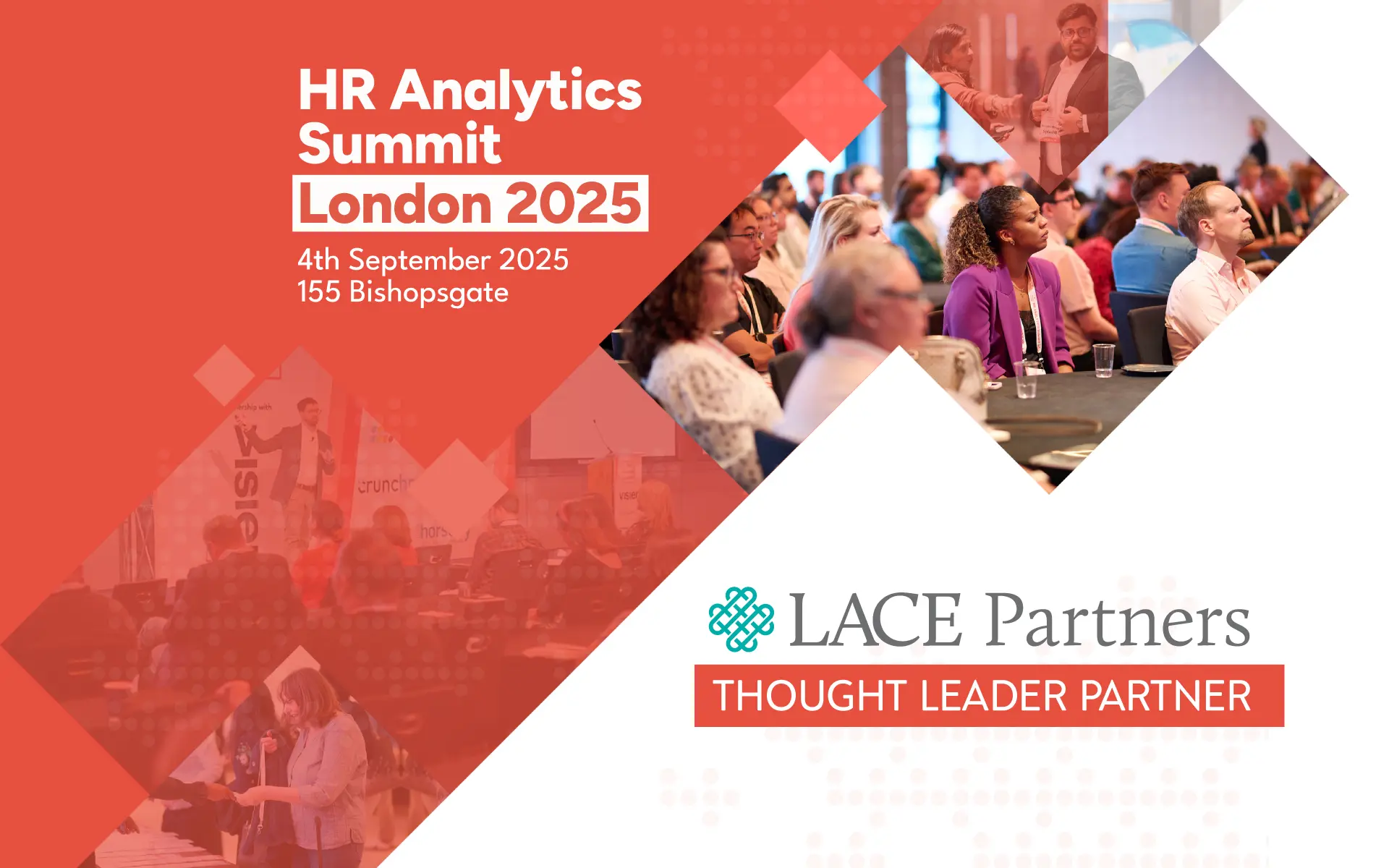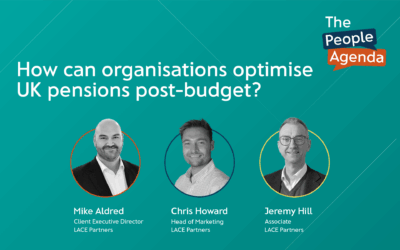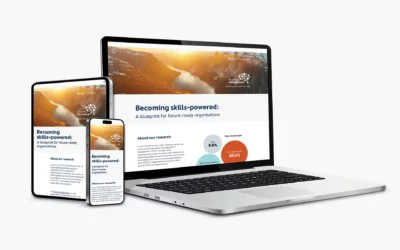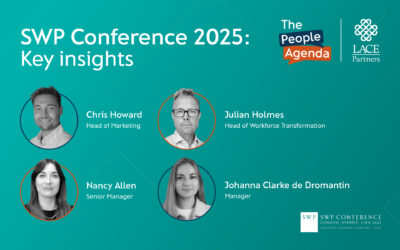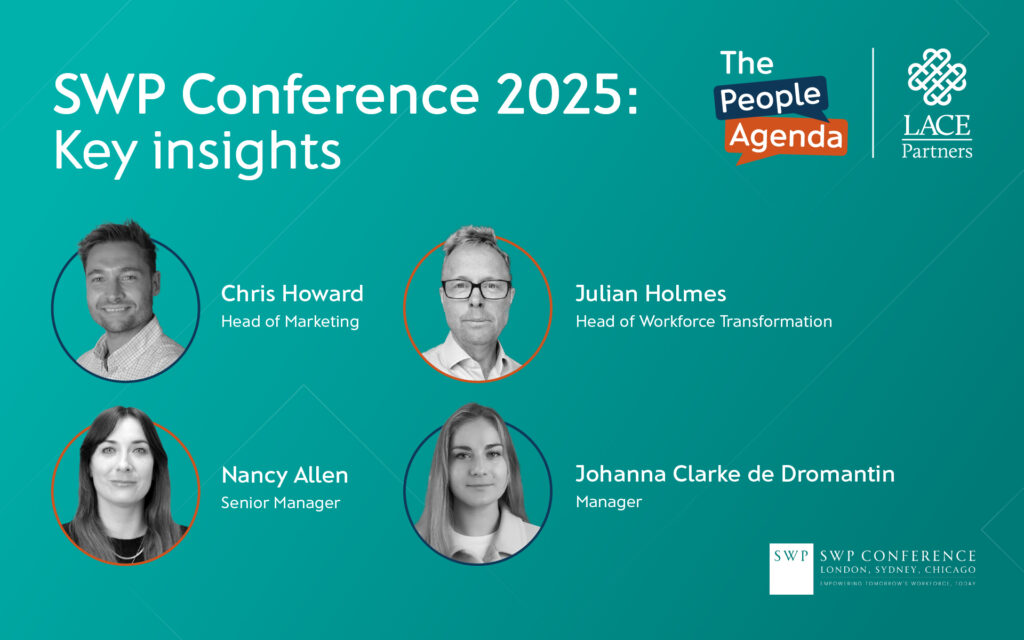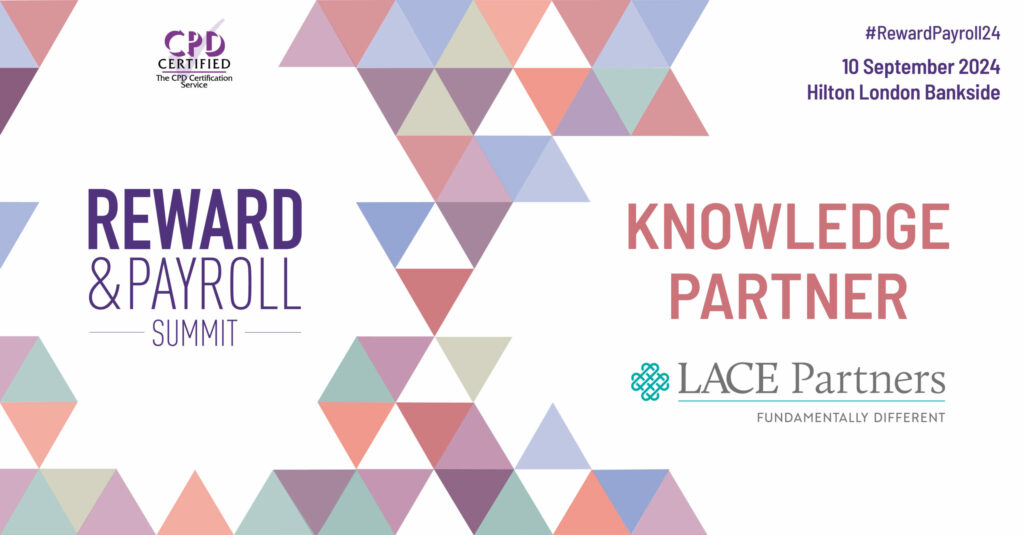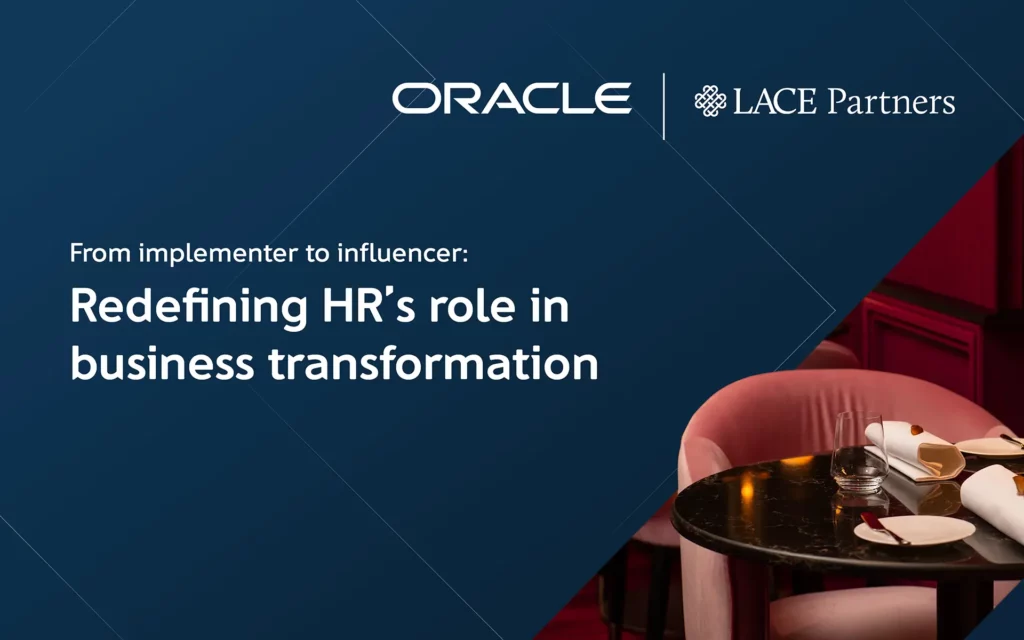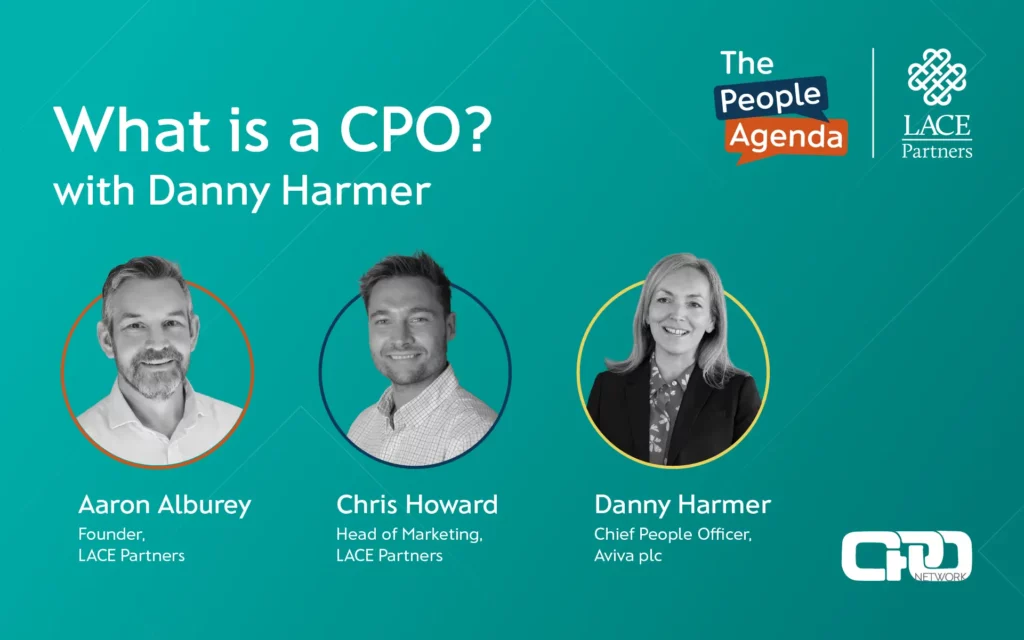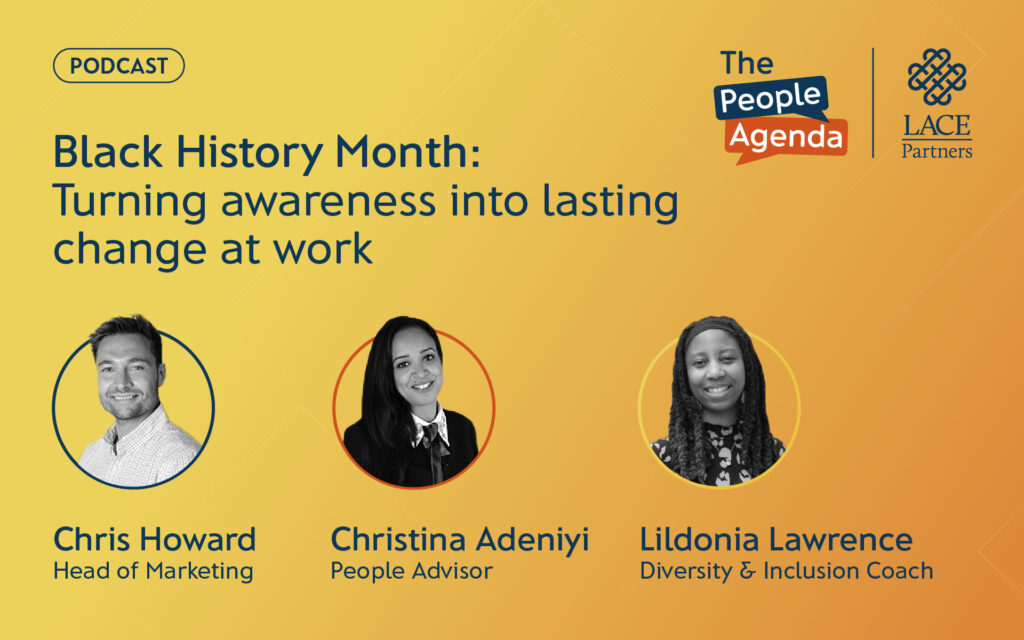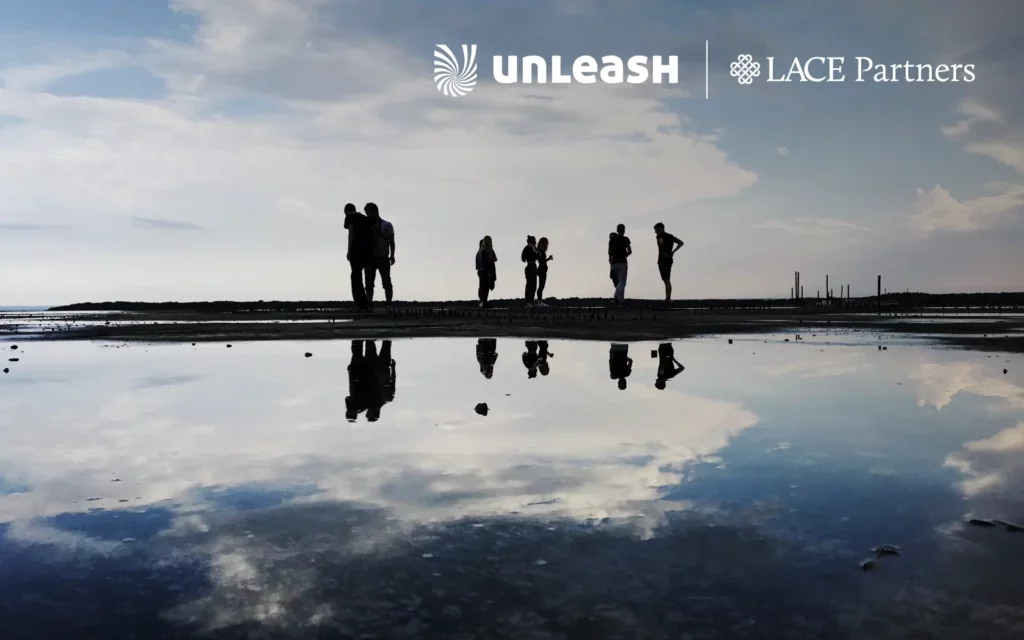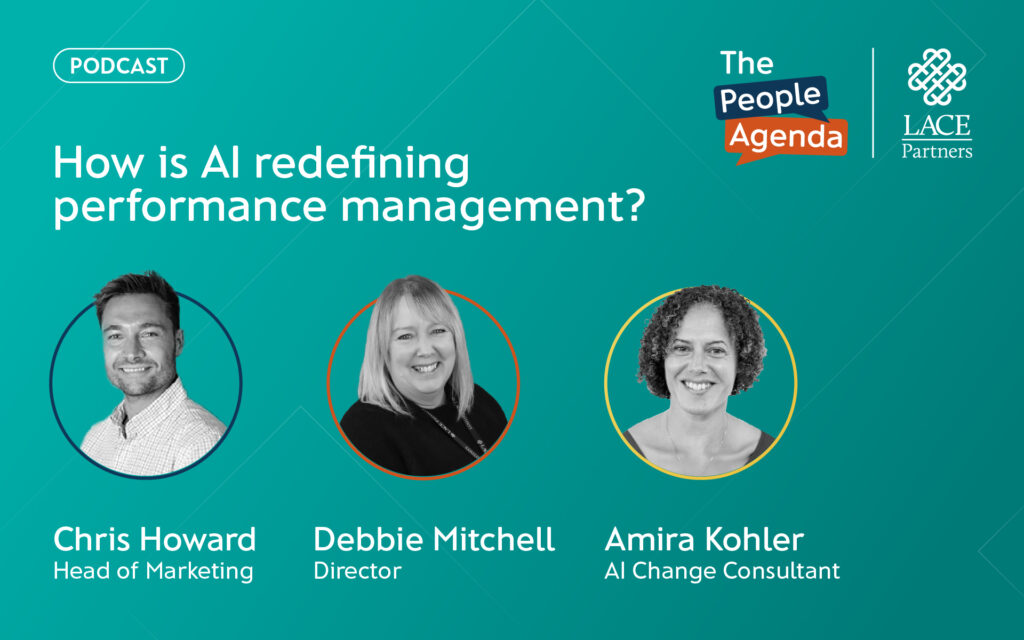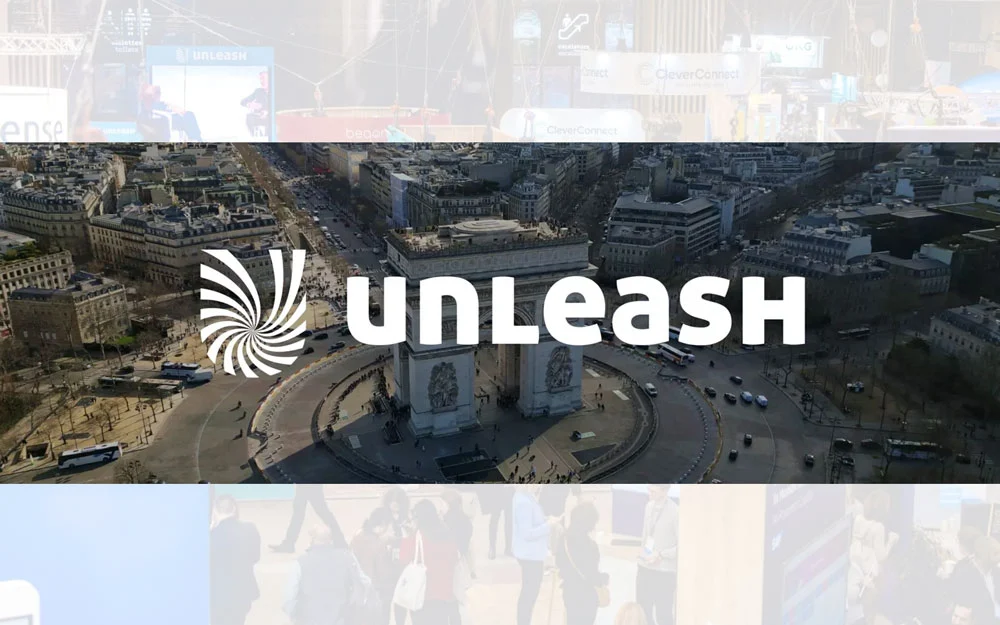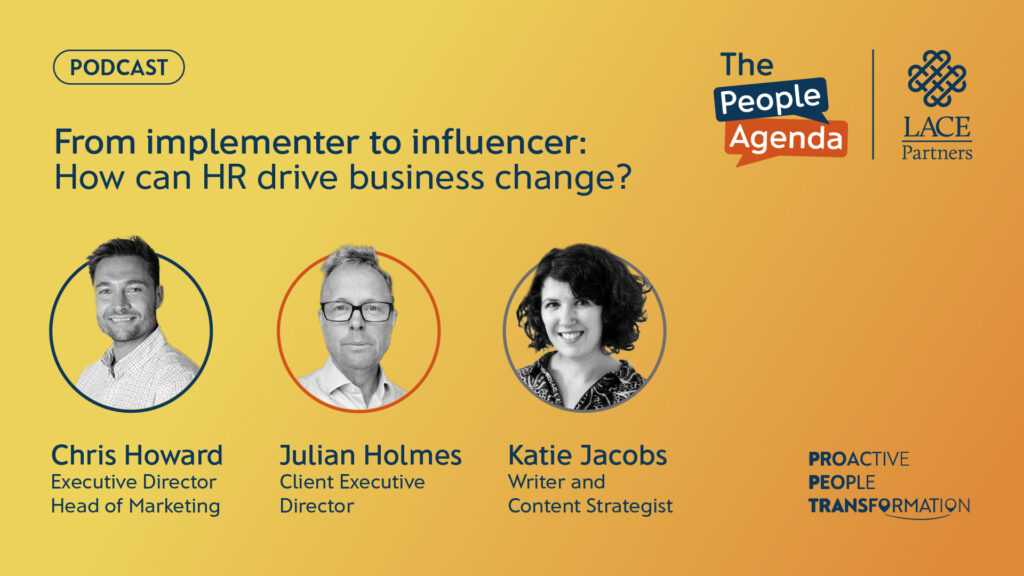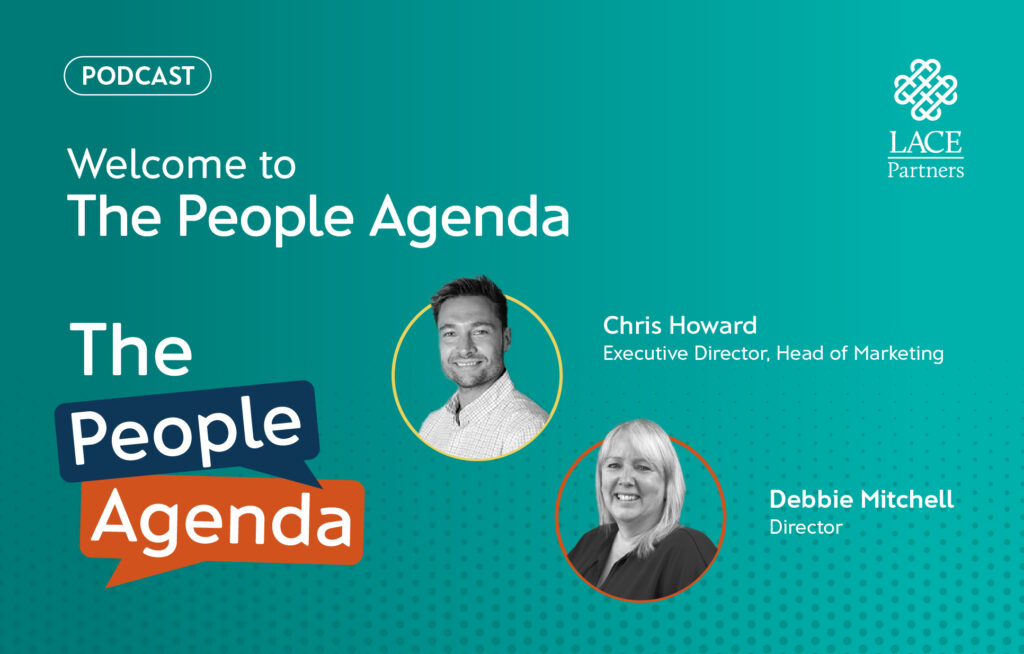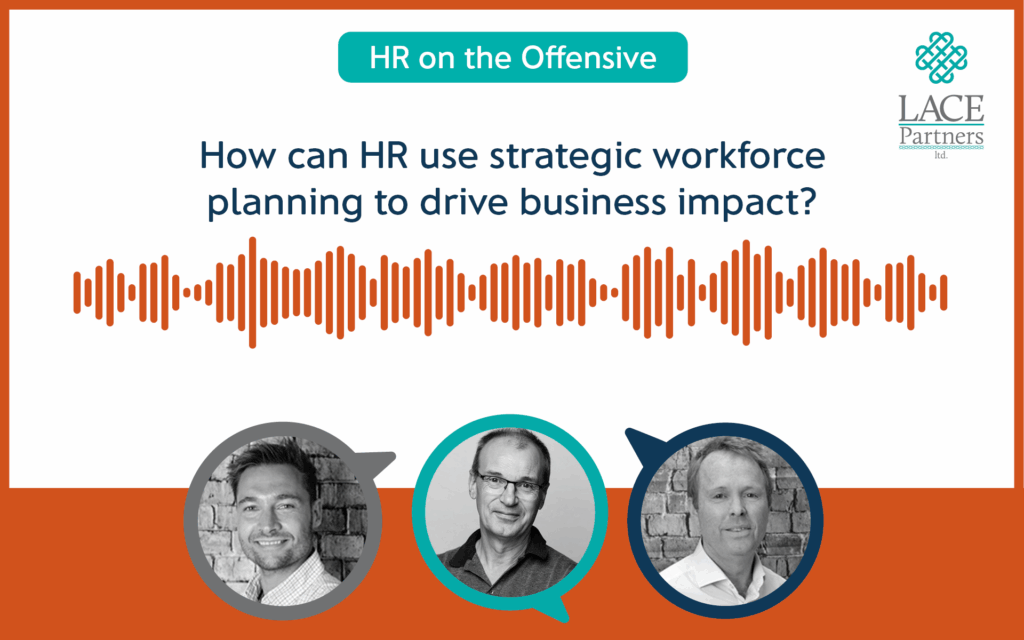The LACE team who attended the HR Analytics Summit at the beginning of September had a fantastic time; a full day of learning, sharing ideas, and connecting with HR leaders and data experts who are just as passionate about the future of people a
Adaptability and empathy are core capabilities
Work is changing quickly. Employees are pursuing varied careers, side projects and are driven by purpose-led choices. Skills gaps are widening, and talent marketplaces are becoming part of the infrastructure.
The differentiator is not just filling gaps, but understanding the choices organisations have for reskilling, redeploying, and reimagining their workforce. Empathy is central to this and, as Sonali Sharma from Bolt highlighted, leaders need to balance evidence with care. Organisations that succeed will treat adaptability and empathy as essential capabilities, not optional qualities.
AI is powerful only when paired with human intelligence
AI is already embedded in HR, from automating tasks to predicting attrition. It has the potential to shift HR from a support function to an innovator (find out more about our TRUSTED framework here).
The risks are clear: bias, misuse, and ethical concerns. The solution is not to slow adoption, but to ensure AI is guided by human judgement. As Ipsos CPO Kerri O’Neill put it, “We need AI plus HI”, and that requires governance, transparency, and trust. Employees want to understand not just what AI does, but why. HR has a critical role in building that trust.
Data literacy and storytelling drive impact
Analytics is not about the number of dashboards produced, but about whether insights influence decisions. HR needs the same level of data fluency that finance applies to financials.
Mitch Lassman at Diageo showed their mandatory data literacy programme shows what this looks like: helping employees to interpret insights in context and communicate them effectively. Numbers alone are not persuasive; stories are (and none of this is possible without quality data). Rigour in inputs and the ability to apply judgement are both essential to underpin this critical capability.
People analytics isn’t about creating endless dashboards — it’s about using data to drive decisions that matter. To get there, HR leaders need to build strong data literacy across the function, empowering everyone from HR business partners to CHROs to interpret insights with the same confidence CFOs interpret financial data.
Workforce planning must be agile and collaborative
Strategic workforce planning (SWP) has moved from optional to essential, and many organisations are still figuring out how to get started. The pandemic showed that static plans quickly lose relevance. Today, organisations need flexible SWP that incorporates employees, contractors, and partners. Collaboration is key, and HR, Finance, and the wider business need to co-own workforce strategy. At Aviva, Paolo Zampella noted the importance of persuading Finance to the business value of SWP: through scenario planning, sensitivity analysis, and connecting workforce choices to business outcomes. With tools such as organisational network analysis and generative AI to enable a richer understanding of how businesses create value and work gets done, SWP can become a dynamic capability rather than a static plan.
Purpose and connection matter more than pay
Many employees, particularly Gen Z who are projected to comprise 31% of the global workforce by 2035, prioritise meaning and alignment with their values over financial reward when it comes to where they choose to work. Research shows most would accept lower pay to work in an organisation that reflects their values. Purpose, trust, and connection are central to engagement. Using AI to remove some of the administrative burden can create more time for leaders to prioritise relationships and culture. Inclusivity, leadership quality, and culture are not optional extras; the are a key driver of employee engagement and business performance, and for younger generations in particular, connection and authenticity are key.
Final thoughts
The shift is clear: if HR is to deliver real value, analytics must become a driver of business choices rather than sit in dashboards and reports. Practitioners have been making this case for years, but what once felt like aspiration is now a necessity given current macroeconomic conditions and change as a constant. The summit underlined that HR has both the opportunity and the responsibility to lead with evidence and judgement. From empathy to AI governance, from data literacy to agile workforce planning, and from purpose to performance, the message was consistent: HR needs to position itself to drive. The question is whether organisations can move beyond producing dashboards to making the decisions that matter.
By using organisational data and cultural diagnostics to shape strategies and stewarding connection in an era of mistrust, HR has the opportunity to create workplaces where people feel valued, empowered, and inspired to perform at their best.
Interested in talking to us about your people analytics or workforce planning approaches? Fill in the form below and reach out to the team.

